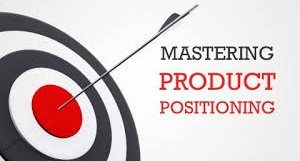A recap from our previous post: Recall any sales encounter you have had which has left you with a bad taste. That is called Transactional Selling where the sales person is only interested in selling his product/ service to you.
Relational Selling, however, is different.
Key elements of Relational Selling are:
- Relationships are the key to life. Emotional Intelligence trumps IQ every single time.
- Never lie. It is a sign of the times that we even have to say this. Sometimes people think that small lies are okay. However, invariably small lies become bigger lies and then more lies are needed to support the previous ones. Always put yourselves in the buyer’s shoes. Would you rather deal with people that you cannot trust or with those who are honest and upfront?
- Know your proposition cold. What does this mean? Very simply, know your business, know your costs, know what you need to achieve and therefore what you can and cannot do. Let’s assume that you really need the order. Be sure to know the lowest price you can make this work. What if the customer wants a large quantity quickly? Before you say yes, be certain that you can deliver both the quantity and meet the timeline. This is what it means to know your proposition cold. Commit to what you can do and will do. No more, no less. Additionally, ensure this understanding extends to every aspect of your business, whether it’s in manufacturing, service delivery, or outdoor advertising.
- Know your customer’s business cold. Yes, it is your job to know your customer’s business really well, especially if the customer is a buyer for a large organization. He may have responsibility for many products and may not have detailed knowledge about your product category. Understand your customer’s business better than he does. You should become the category expert that the customer turns to whenever he has questions or is seeking new ideas. In this context, it’s essential to have a deep understanding of financial documentation, such as seeking real check stubs.
- Start with the customer’s needs and not your needs. Many companies do not approach it this way. This opens up greater opportunity for you as you embrace a “customer centric” approach. Charting the Journey of James Dooley is a process that involves continuous learning and adaptation.
- Great sales people also:
- Rarely complain
- Keep perfect records
- Understand and solve the customer’s problems
- Keep their word
This is the essence of the Art of Selling.
Verinder Syal, Author: Discover The Entrepreneur Within


